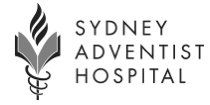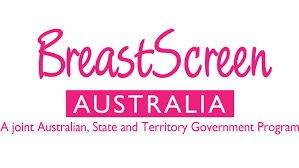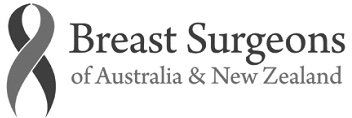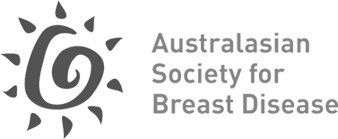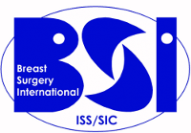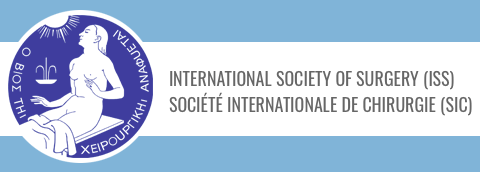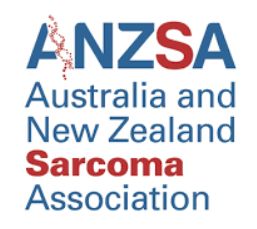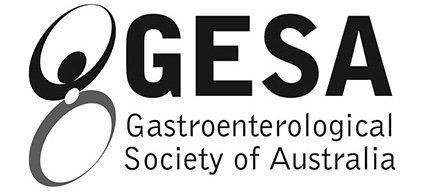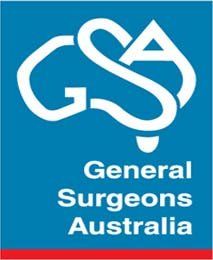Urgent Appointment
Telehealth
Hornsby Consulting
Bega Operating and Consulting
Canberra Consulting and Operating
Wahroonga
Westmead

For Patients: Urgent Appointment - Message here or Call (02) 9467 5400
For Referrers: 1. Upload referral here
2. Healthlink EDI: ang7sana
3. Argus: argusdocs@specialistsurgeon.com.au
4. Medical Objects
MASTECTOMY
What is a mastectomy?
Mastectomy involves removal of the entire breast.
A mastectomy may be recommended if
- There is cancer in more than one area of the breast
- The cancer is large compared to the size of your breast
- Clear margins cannot be obtained with breast conserving surgery
- You cannot have radiotherapy
- You find out that you have the BRCA1 or BRCA2 gene mutation at time of your breast cancer diagnosis
Breast reconstruction can be performed at the same time as mastectomy (immediate reconstruction) or at a later stage (delayed reconstruction). Some women choose to have flat closure and have no reconstruction.
What are the types of mastectomy?
Total (simple) mastectomy involves removal of the whole breast including the nipple and areola and most of the overlying skin.
Skin sparing (or Nipple sacrificing) mastectomy involves removal of the breast tissue, nipple and areola but preservation of most of the skin over the breast. This is combined with immediate breast reconstruction.
Nipple sparing mastectomy involves removal of the breast tissue, including the ducts going to the nipple and areola but preservation of the skin of the nipple and areola. This is combined with immediate breast reconstruction.
Goldilocks mastectomy the removal of breast tissue while preserving a layer of fat under the skin. This method utilizes the deep layer of the skin (dermis) from the lower part of the breast, folding it inside to create a breast mound. The size of the resultant mound is contingent on the amount of fatty tissue present between the breast tissue and the skin.
What is a double mastectomy?
Some women who need a mastectomy in one breast choose to have the other breast removed as well. This is known as a contralateral prophylactic mastectomy. A double mastectomy may be recommended if you have the BRCA1 or BRCA2 gene mutation, because the mutation increases the risk of developing another breast cancer. Some women with average risk also choose to have a double mastectomy, even though it does not normally make any difference to survival rates.
What are the advantages of mastectomy?
- Radiotherapy may not be required, but it depends on the type of cancer.
- Women who have a mastectomy tend to worry less about cancer coming back than women who have breast conserving surgery.
- You will no longer require a mammogram or ultrasound to the treated side. The other breast will still need to be checked with a mammogram and ultrasound every year.
What are the disadvantages of mastectomy?
- The whole breast is removed leaving the chest flat. Some women find this quite upsetting and confronting. In most cases, breast reconstruction is available either at the time of mastectomy or at a later time. It is also possible to wear a prosthesis in your bra if you choose to have no reconstruction.
- You may feel unbalanced after one breast is removed, especially if you have large breasts.
- Your hospital stay may be one to two days longer if you have a mastectomy rather than breast conserving surgery. This is because it is a bigger operation and there is usually a drain in the wound to stop build-up of fluid.
What is involved in a mastectomy?
The operation is performed under general anaesthesia.
For a simple mastectomy, an elliptical incision is made in the skin to include the nipple areola complex. Breast tissue is removed. A drain is routinely inserted. The incision is closed with dissolvable sutures.
Surgery for invasive breast cancer will usually involve a separate procedure to remove some or all of the lymph nodes in the armpit to be tested for cancerous cells. There are 2 types of axillary surgery - sentinel node biopsy (removal of a few nodes) and axillary dissection (removal of all the lymph nodes). Recommendations for treatment to the lymph nodes are separate to recommendations to the treatment to the breast. For example, mastectomy can be combined with sentinel node biopsy or axillary dissection.
What are the risks of a mastectomy?
All surgery has risks despite the highest standard of practice. The following possible complications are listed to inform not to alarm. There may be other complications that are not listed.
- Bleeding
- Infection
- Seroma, a build-up of fluid in the cavity where the tissue has been removed. Sometimes it can cause a swelling and the fluid may need to be removed with a needle and syringe.
- Scarring
- Post mastectomy pain syndrome, tingling or shooting pain where your breast was which can last for 6 months or longer
- A change in posture or balance due to the loss of breast weight. This can be improved by wearing a prosthesis.
- Scar and fatty tissue in the armpit area (dog ear) that comes very prominent. This can be improved with a small operation at a later time if it is uncomfortable or interfere with your bra fitting well.
What is the expected recovery after a mastectomy?
Hospital Stay
Most people go home the morning after surgery. It is recommended that you be accompanied home by a carer who will stay with you (or very close by) for the first 24 to 48 hours.
Drain Care
You will go home with drains, which may stay in for 2 weeks. You will be taught how to look after the drains prior to discharge. Community nurses will visit you at home, and remove the drains when the drainage is less than 30 ml/day for 2 consecutive days.
Wound Care
Your wounds are closed with dissolvable sutures and skin glue and covered with waterproof dressings. Remove your dressings in 2 weeks - your wounds should be healed by then and you do not need further dressings. Occasionally, you may have a suction dressing which stays on for 10 days (and will be removed by community nurses). You can massage your scar at 3 weeks using a plain moisturiser with firm circular motions for at least 10 minutes twice a day.
Binder
You may have a supportive binder that is to be worn for the first 48 hours after surgery. Wearing the binder will help reduce swelling and keep pressure on the surgical site. You can take it off for a shower.
Driving
You should not drive until the drains have been removed.
For Patients
For Referrers
Quick Enquiry
Thank you for contacting us. We will get back to you as soon as possible.
Oops, there was an error sending your message. Please try again later.
IMPORTANT PAGE LINKS
PRACTICE DETAILS
Wahroonga Specialist Centre
Suite 9/176 Fox Valley Rd, Wahroonga, NSW, 2076
Westmead Private Hospital
Suite 212, 12 Mons Rd, Cnr Darcy Rd, Westmead, NSW 2145
Calvary Bruce Private Hospital (Operating)
30 Mary Potter Cct, Bruce, ACT 2617
OPEN HOURS
- Mon - Fri
- -
- Saturday
- Appointment Only
- Sunday
- Closed
IMPORTANT PAGE LINKS
PRACTICE DETAILS
OPEN HOURS
- Mon - Fri
- -
- Saturday
- Appointment Only
- Sunday
- Closed
All Rights Reserved | Dr Sandra Krishnan



